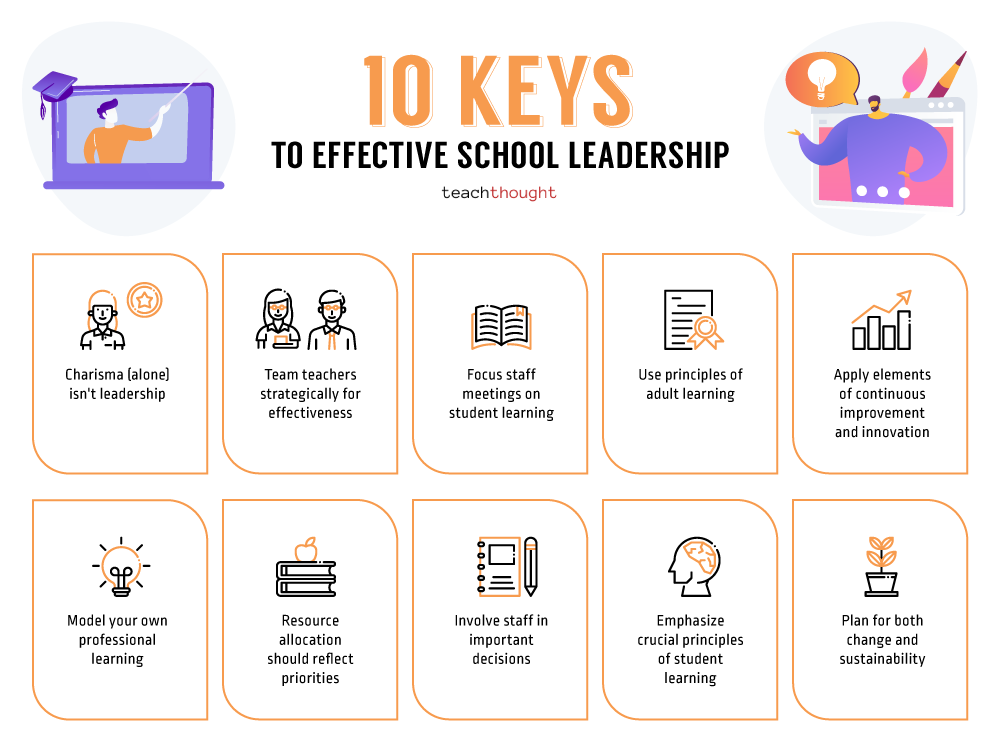
What Are Research-Based Keys To Effective School Leadership?
by Chad Dumas
For half a century, we have known that one of the most promising ways to draw out the potential in each and every child is to draw out the potential of each and every adult: Working together.
Some call it collaboration, others call it Professional Learning Communities (PLCs). We also know that in most schools, meaningful collaboration just isn’t happening on a consistent basis. In most situations, the pandemic has forced our hands to do more of it. In others, we have turned to each other on social platforms to gain ideas and learn from each other. And in still others, we have doubled down on old habits: closing our ‘doors’ and turning inward.
Meaningful collaboration doesn’t just happen because we know it works, or because we want it to. We need specific knowledge and skills to create this culture.
Keys To Effectiveness
About a decade ago I began a quest: What do school leaders need to know in order to create a collaborative culture? Ten elements were identified from the research, and the resulting dissertation received international accolades. Within a few years, multiple schools in the district I was leading received national recognition for improving student learning.
10 (of many) elements of effective school leadership are:
- Charisma isn’t leadership
- Team teachers strategically for effectiveness
- Focus staff meetings on student learning
- Use principles of adult learning (and here)
- Apply elements of continuous improvement and innovation
- Model your own professional learning
- Resource allocation should reflect priorities (and here)
- Involve staff in important decisions
- Emphasize crucial principles of student learning
- Plan for both change and sustainability
These 10 elements came from a thorough review of the research–from Marzano to Mattos, Collins to Costa, Garmston to Heifitz, DuFour to Deming, Fullan to Lambert, Sparks to Schmoker, Hord to Hargreaves, Wellman to Whitaker. But it’s not just pie-in-the-sky research, it’s practical, on-the-ground application of what makes for professional learning communities.
Creating this culture, or ethos (as DuFour frequently called it), is not about labeling meetings ‘PLC,’ or releasing students early one day a week for ‘PLC,’ or reading a book together, or grouping teachers and hoping for ‘PLC.’ Creating a community of professionals who are learning together takes hard work, focused attention, and clear priorities. These 10 elements provide that focus and help answer important leadership questions like:
- Where does a leader’s charisma fit in a PLC culture?
- What principles of adult learning do you need to know and use?
- How do you lead change through continuous improvement and innovation?
- How can you leverage staff involvement in important decisions and allocate resources to maximize effectiveness?
The job of school leaders, at any time, let alone during these times, is too much for any one person. These days, it’s more clear than ever: We. Need. Every. One. Of. Us.
